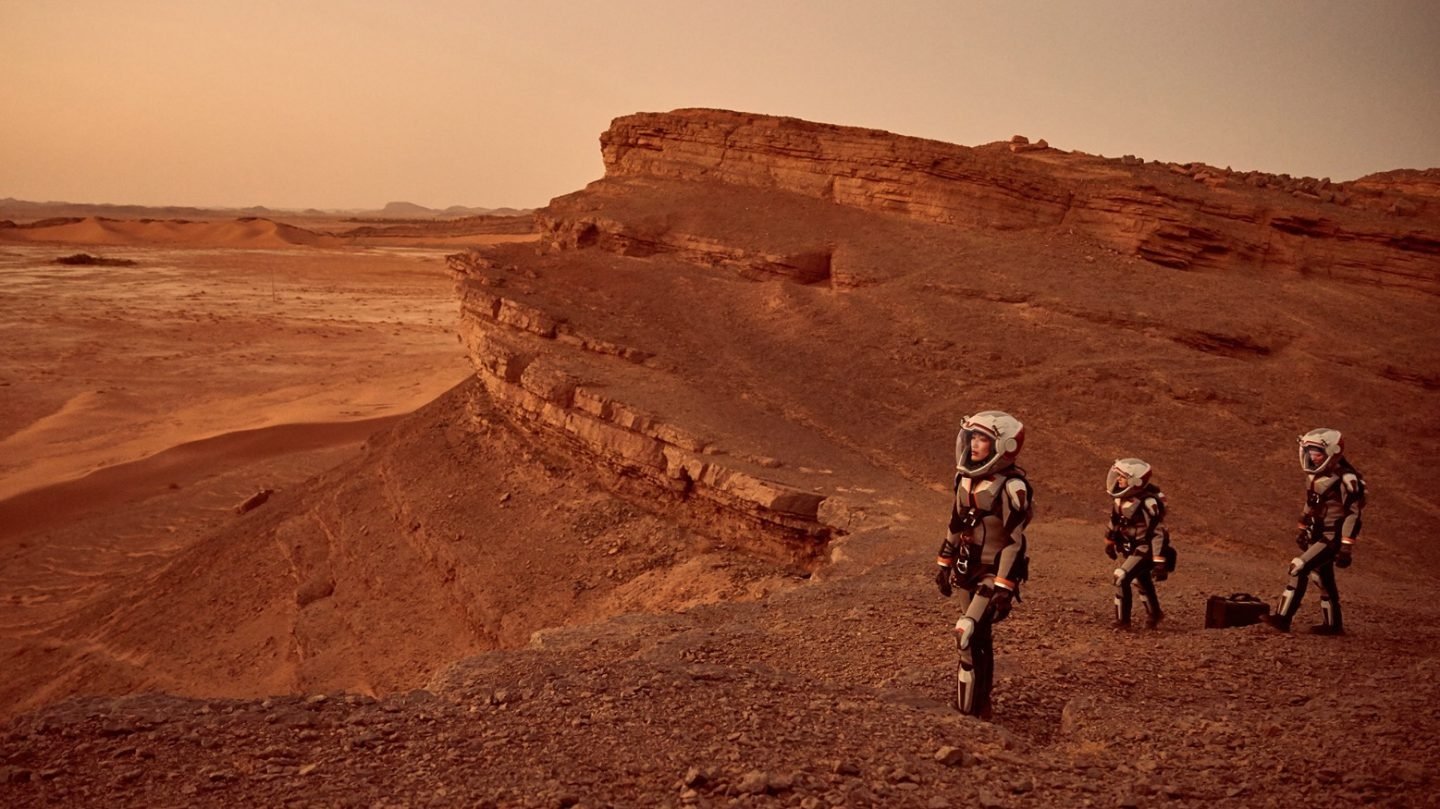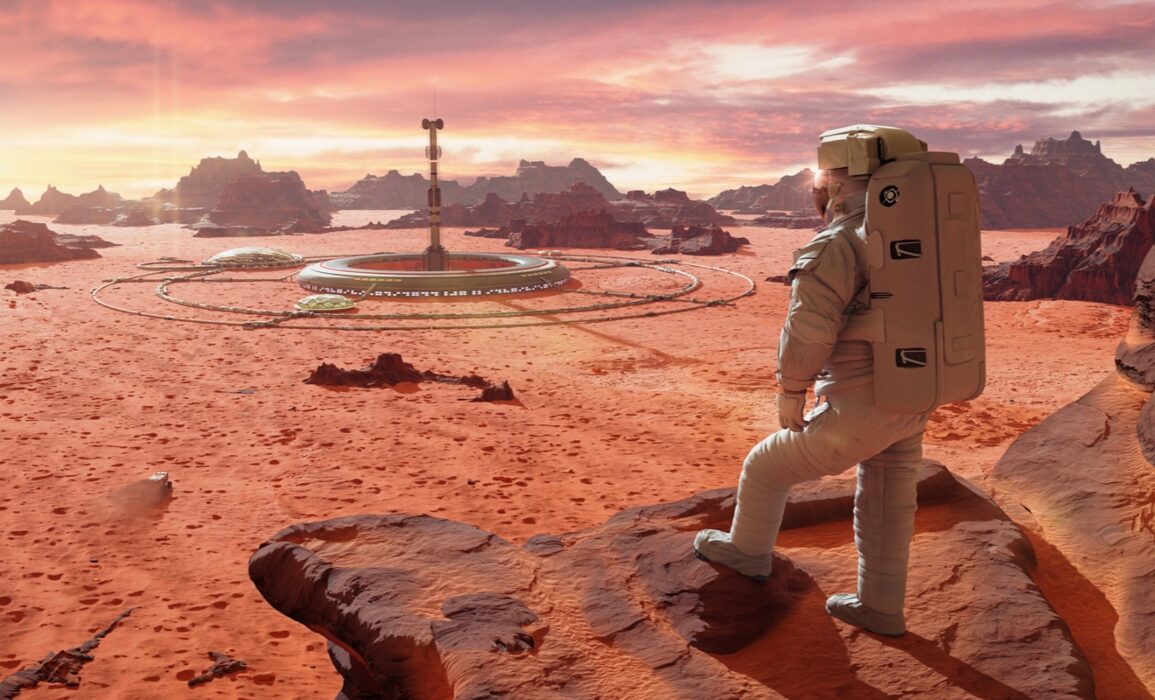Although scientists have found abundant evidence for the existence of water in the early history of Mars, the red planet remains a dry, waterless, inhospitable place. Now, a new study by a team at the University of Washington in St. Louis suggests that the lack of water on Mars could be due to the size discrepancy. Mars would simply be too small.
The diameter of Mars is only 53% that of Earth (just over half), which would make it impossible for Mars to retain volatiles that we know are vital to life, such as water, ScienceAlert reports.
The transition from a relatively humid to dry planet is a topic that has occupied a lot of scientists, who have proposed many possible explanations, among them a weakening of the magnetic field of Mars that could have caused the loss of a thick atmosphere.
However, it is possible that there are other factors that influence the retention of volatiles, such as the gravity of the surface of a cosmic body.

Size threshold needed to store enough water
“The fate of Mars was decided from the beginning,” says planetary scientist Kun Wang of the University of Washington in St. Louis.
“It is likely that there is a threshold in the size requirements of rocky planets to retain enough water to allow habitability and plate tectonics, with a mass greater than that of Mars,” he adds.
Using stable isotopes of potassium (K), the research team estimated the presence, distribution and abundance of volatile elements in different planetary bodies. The scientists chose potassium because it is a moderately volatile element, but they used it as a tracer for more volatile elements and compounds, such as water.
Unlike previous attempts, which used relationships between potassium and thorium (Th) collected by remote sensing and chemical analysis, this new method is totally new to determine the amount of volatiles that Mars had.
Analysis of 20 Martian meteorites
The team measured the potassium isotopic compositions of 20 previously confirmed Martian meteorites. Using this method, they discovered that Mars lost more potassium and other volatiles than Earth during its formation, but retained more of this volatiles than the Moon and asteroid 4-Vesta, two bodies much smaller and drier than Earth and Mars.
“Why the abundance of volatile elements and their compounds is so much lower in differentiated planets than in primitive undifferentiated meteorites has been a long-standing question,” says planetary scientist Katharina Lodders of the University of Washington.
“The finding of the correlation of the isotopic compositions of potassium with the gravity of the planet is a novel discovery with important quantitative implications on when and how the differentiated planets received and lost their volatiles.”
Life on other planets in “habitable zones”
The researchers also noted that the findings have implications for the search for life on planets other than Mars.
One factor that influences the presence of liquid water on the surface of a planet is its temperature, related to its proximity to the host star. This measure of the distance to the star is usually taken into account in the indices of “habitable zones” around the stars.
According to the researchers, within planets found in habitable zones, more emphasis should then be placed on planetary size and routinely taken into account when considering whether an exoplanet could support life.
“These results will guide astronomers in their search for habitable exoplanets in other solar systems,” says Klaus Mezger of the Center for Space and Habitability at the University of Bern (Switzerland), a co-author of the study.
“The size of an exoplanet is one of the easiest parameters to determine,” adds his colleague Wang. “Based on size and mass, we now know if an exoplanet is a candidate for life.”





